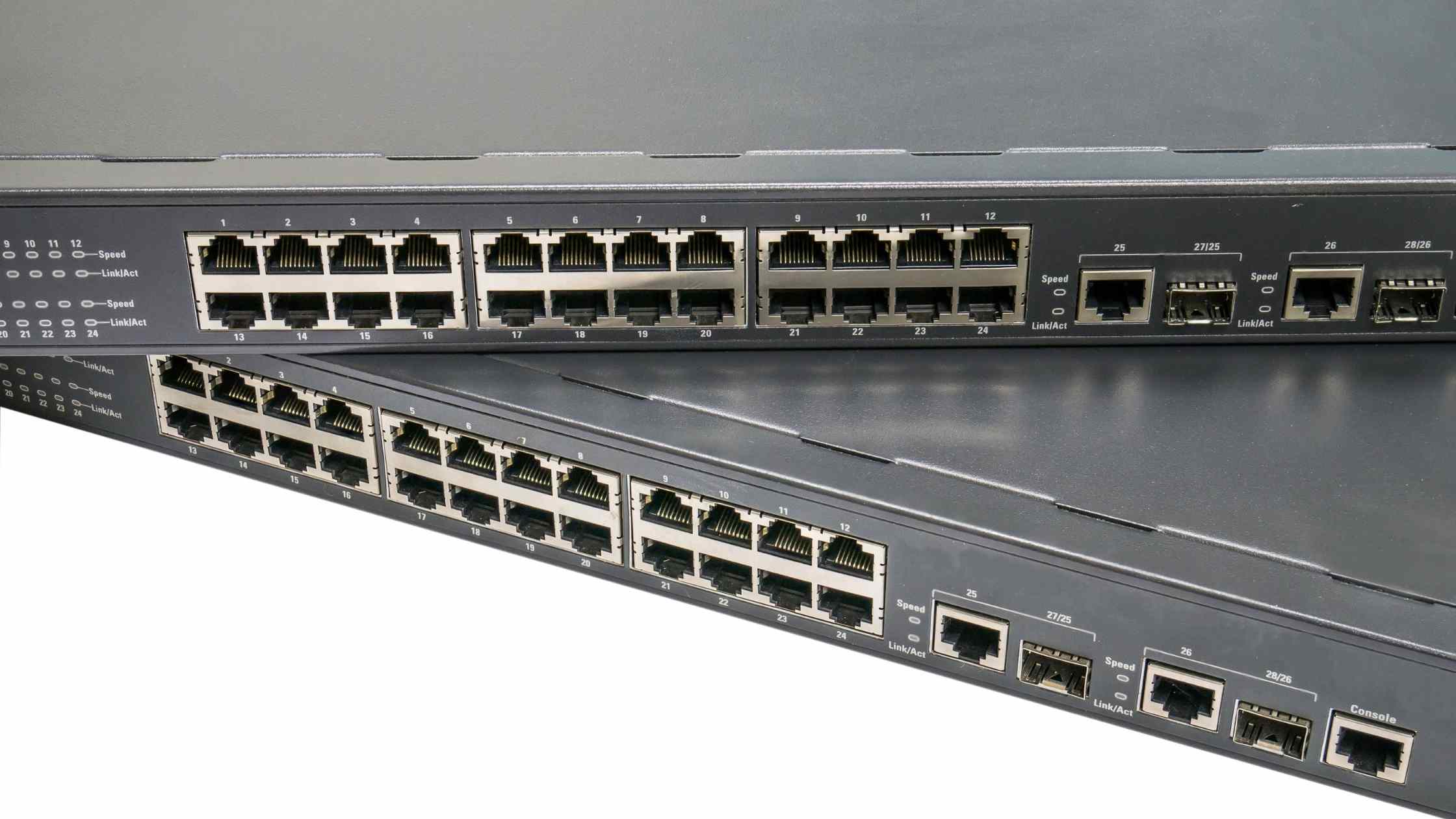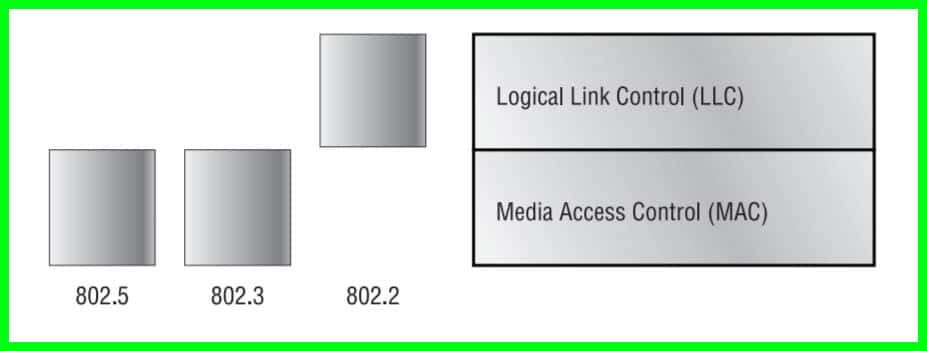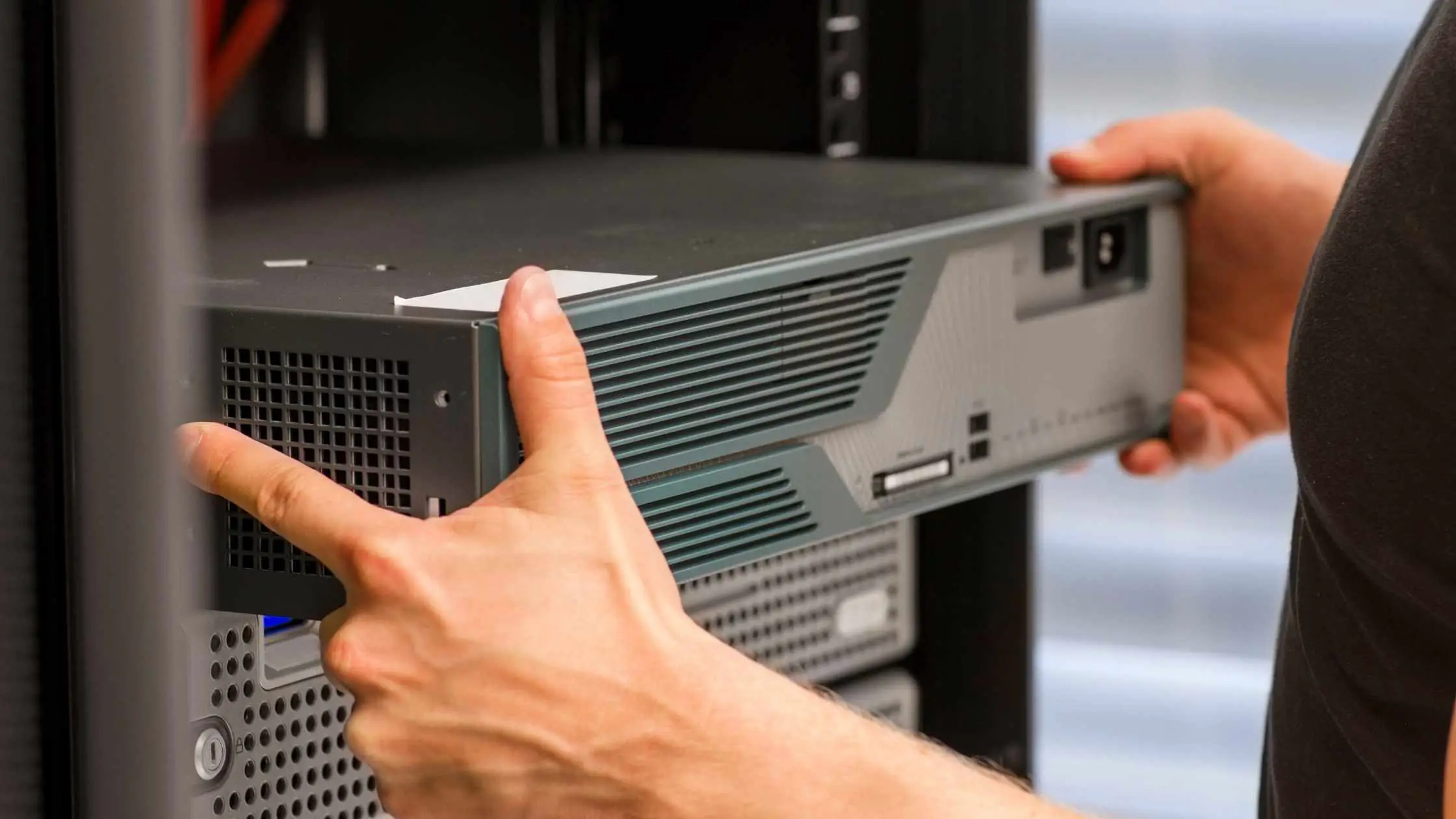In the era of modern technology, Switches and Routers are the most common and known devices used for connecting networks. While opening an office, owners usually install both Switches and Routers in their offices.
You might have heard people discussing whether to buy a switch or a laptop. And the cold war Switch vs Router has seen much explanation.
The Switches and Router, even though, are sometimes used interchangeably in networking, have a different task assigned to them.
One device is used to connect different devices available in an area that is Switch whereas the other is used to connect different networks in an area that is Router.
Both of them are network connecting devices that have a different way of operating it in a network.
Sometimes, both switch and router work together synchronously to enhance the function of the set.
Let’s get some knowledge about Switches, the functioning of it, its types, about Routers, their functioning, their uses, what is the differences between switches and routers, and how routers help in enhancing the work of switches.
In this article, we are going to put an end to the Switch vs Router war.
Switches: A computer connecting devices
Switches are one of the most common devices used in networking to connect the necessary equipment in any network setting. It is used for connecting the devices together to make a large link between different hosts.
A switch is also known as an intelligent hub as well as a switching hub because just like a hub, some special switches also make hardware addresses tables but are smarter than a hub and only sent the packet to a specific host.
Switches and OSI model
OSI models (The Open System Interconnection models) is a seven-layer protocol model used in past for better communication in networking, it helps users to know how networking happens and what to do when facing network problems and how to troubleshoot it.
The 7 layers are Physical, Datalink, Network, Transport, Session, Presentation, and Application layer, these layers have different tasks.
Switches are based on one of the seven OSI models. They are based on the second layer that is the Data Link Layer which makes a link between two connected nodes in a network.
The data link layer uses error detection bits to correct the errors and it encodes the packet into frames and transfers it forward to the destination.
The data link layer is a protocol layer that helps devices to prevent a collision that can happen when all the nodes start sending frames at the same time.
It has two components: Logical Link Control(LLC) is a subunit layer that provides error notification as well as ensures the flow of data and Media Access Control(MAC) which by the name reveal its function that is to control the access of media.
Ethernet Switches and its type:-
A single Switch would do well in a house but for offices, a network of switches and/or routers is required to maintain the flow of data.
They connect different types of equipment together in a LAN (Local Area Network), these types of switches are called Ethernet switches. These Ethernet switches are further divided into two: fixed and Modular switches.
Fixed switches have a fixed number of ports, users can not add more modules in a fixed switch and it is not going to make a technician bank corrupt.
Modular switches are best for the users who want to add more modules in the switches. These types of switches are costlier than fixed switches as modular switches provide the flexibility to add more modules in the switches.
Ethernet or Lan switches works as a mediator between different computer objects and helps them to communicate with each other. A single switch can connect multiple hosts.
Switches that works on second layer OSI model are often called as bridges as they send frames between nodes or segment in the network containing data packets. It keeps track of the route that the data has taken to reach the destination.
In the second layer of the OSI model, VLAN is the broadcast domain that is already present in the device which receives broadcast frames. VLAN 1 is the default broadcasting domain in the switches for transferring the data.
In switches, users can create multiple broadcasting domains to enhance the speed of data transfer. The different VLAN work as a virtual bridge.
MAC address table:-
At the time of sending packets between different hosts, Switches searches its MAC address table for the destination address and if they do not find the destination Mac address in the table then switch doesn’t have enough information to forward packets to the host due to which it sends the packet to every connected host.

A Mac address table of the switch contains details about all active ports, their mac address, etc.
Each connected host then compares the destination Mac address with their own Mac address which is already given to them, so only the host with the matching Mac address can encode and therefore can respond to the message.
The Mac address table of a switch is formed when the different host responds to the messages.
At that time, the switches remember its mac address as well as the port they are connected to and store it in its mac address table.
How Switches communicate:-
A switch makes a specific route between the source and the destination port. These routes act as a channel over which each connected host in a switch can communicate with the other without colliding with another.
There are 3 types of ports in a Switch that are: access, trunk (also known as uplink), and tunnel ports. The number of ports a switch will have depends on the buyer. A buyer can buy switches of 24 ports at the same time they can buy a switch with 48 ports but it will be a little costly.
The access port is used to connect PC, computers, laptop printers, etc whereas the trunk port is used to connect several switches together.
Routers:-
A router is a connecting device just like a switch but it is used to connect several networks together. Sometimes they are used alongside switches to increase the efficiency of the outcome.
A router has a CPU, memory, RAM, console, and network interface card. A router is used in both LAN as well as WAN. They usually have multiple LAN ports to connect computers and a single WAN port to connect the modem.
The Routers are based on third OSI models that are Network layer, it helps in transforming segments into packets and then again reforming the packet at the destination side.
It looks for the shortest route to send the packet over the internet and then forward it to the destination.
How does a Router Communicate?
A router at the time of forwarding packets, searches for the IP address(Internet Protocol Adress that every user is assigned) of the incoming packet, comparing it to its own IP address, and then decides on which interphase it is to be forwarded.
When the router can not find the shortest route to forward the packet, the routing table provides a suitable route and also helps during the troubleshooting problems.
A routing table contains information about the Ip address of different hosts and the router search this routing information from these routing tables.
A routing table may be static, dynamic, or default. In a static routing table, we can manually add routes in a routing table but adding routes in a large network would take a lot of time.
Dynamic routing is the process in which the router automatically selects the route according to the routes present in the routing table whereas default routing means the router has to send forward the packet to a single hop. The routers allow the users to configure the port as per their requirements in the networks.
We can use wireless devices by configuring VPN in routers as a client-server model. There are various types of routers present in the market that are wired, wireless, cored, edge, and virtual routers.
Some facts about Router:-
- Routers, by default, will not forward any broadcast or multicast packets.
- Routers use the logical address in a Network layer header to determine the next-hop router to forward the packet to.
- Layer 3 devices (router in this case) provides connections between VLAN.
- Routers can provide QOS for specific types of network traffic.
Switch Vs Router
Routers are used to connect different networks over the internet while a switch is used to connect different computers, PCs, printers, etc.
A router works on the third layer of the OSI model that is the Network layer whereas Switches works on the second layer that is the Data link layer.
A switch can only be used in the Local area network but A router can be used in the Local area network and the Wide area network.
Routers send information in the form of packets only on the other side Switches can transfer the data in both types: frames as well as packets.
Routers use the IP address in the routing table to transport the data, in contrast to routers, switches use Mac address from the Mac address table for data transferring.
Routers are the devices that can be connected to wireless and non-wireless devices but switches are restricted to only wireless devices.
Each port in the router has its own broadcast domain but switch’s ports don’t have their own broadcast domain, switches have only one broadcast domain except VLAN. We can use NAT (Network Address Translation is a process that allows workers to let different devices access the internet using a single public address) in Routers but switches do not support NAT.
Routers are the most costly devices among a hub, switch, and bridge. A person with a heavy bank balance can easily afford these routers in a large number but can not say the same thing about medium-class people.
Routers are multi-tasking device that connects switches, hub or any other devices in it but the switch can only connect PC, computers or different switches together.
Summary:-
In this article, we have tried to solve the question of Switch vs router. There are perks and demerits for both of them.
Even though they are used interchangeably in a conversation but in the practical scenario, Switch vs router needed an answer. Hopefully, after reading the article, you know which one is better for you.






























